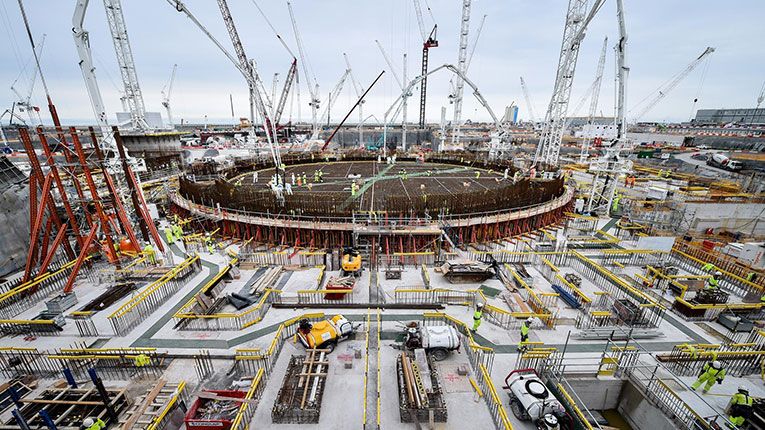China on Wednesday put into operation the world’s first nuclear power plant called the fourth generation, a major achievement of the Asian giant in the race for the reactors of the future, reports AFP.
The Shidao Bay plant, located in the eastern province of Shandong, is powered by two high-temperature reactors cooled by gas, not pressurized water, according to Agerpres.
“Commercial operation of the Shidao Bay power plant has officially begun,” reported Xinhua on Wednesday, noting that it is a world premiere for this type of reactor.
Traditional reactors allow the production of energy starting from nuclear energy. But these advanced models (called small modular reactors – Small Modular Reactors, SMR) can also have other applications, such as heating, seawater desalination or steam production for industry needs.
China, which is trying to phase out coal to power its plants, is leading the race for new reactors.
Moreover, it seeks to reduce its dependence on foreign technologies, in a context of tensions with Western states.
At Shidao Bay, more than 90% of the equipment is of Chinese design, said one of the project managers, Zhang Yanxu, quoted by Xinhua.
The plant’s capacity is 200 MW, according to local media.
Construction of the plant began in 2012. A first SMR had been connected to the power grid in December 2021.
According to their promoters, SMR reactors could play a central role in decarbonization and the energy transition, thanks to a compact and simplified architecture, a modular design that reduces construction costs and time, and their multiple uses.
According to the International Atomic Energy Agency (IAEA), more than 80 projects are under development in 18 countries.
